| Model: | MOS 50-56-6 |
| Place of Origin: | Zhejiang,China (Mainland) |
| CAS: | 50-56-6 |
| Brand: | MOSINTER |
| Appearance: | White to yellowish-brown lyophilized powde |
| Molecular Formula: | C43H66N12O12S2 |
| Melting point: | 192-194°C |
| Molecular weight: | 1007.19 |
| Storage Condition: | 2-8°C |
| Specification: | CP/USP/EP |
- Have any questions?
- +86-189 8930 5995
- sales@mosinterchem.com.cn
Oxytocin CAS 50-56-6

mexidol CAS 127464-43-1
04/12/2018
benzbromarone CAS 3562-84-3
04/12/2018Oxytocin ( CAS: 50-56-6)
| ITEM | STANDARD | RESULT |
| Appearance | white powder | white powder |
| Identity by HPLC | The retention is same with the reference substance | Complies |
| Amino Acid Composition | Gly:0.85~1.10
Pro:0.85~1.10 Leu:0.85-1.10 Cys:1.65~2.20 Asn:0.85~1.10 Gln:0.85~1.10 Ile:0.85~1.10 Tyr0.85~1.10 |
0.96
1.02 1.01 1.98 1.01 1.02 0.85 0.94 |
| Purity | ≥98.0% | 99.13% |
| Related Substance
(By HPLC) |
Total Impurities(%)≦2.0% | 0.87% |
| Largest Single Impurity(%)≦1.0% | 0.21% | |
| Acetate Content(By HPLC) | ≤12.0% | 9.4% |
| Water | ≤8% | 3.6% |
| Peptide Content(N%) | ≥80.0% | 87.5% |
| Bacterial Endotoxins | ≦70IU/mg | Conforms |
| Residual Organic Solvents | Acetonitrile≤0.041%(By GC) | Conforms |
| DMF≤0.088%(By GC) | ||
| TFA≤0.1%(By HPLC) | ||
| Assay | 95%-105% | 99.2% |
Oxytocin plays an important role in the neuroanatomy of intimacy, specifically in sexual reproduction,
in particular during and after childbirth. It is released in large amounts after distension of the cervix and
uterus during labor, facilitating birth, maternal bonding, and, after stimulation of the nipples, lactation.
Both childbirth and milk ejection result from positive feedback mechanisms.
Recent studies have begun to investigate oxytocin’s role in various behaviors, including orgasm, social
recognition, pair bonding, anxiety, and maternal behaviors. There is some evidence that oxytocin promotesethnocentric
behavior, incorporating the trust and empathy of in-groups with their suspicion and rejection of outsiders. Furthermore,
genetic differences in the oxytocin receptor gene (OXTR) have been associated with maladaptive social traits such as
aggressive behaviour.
It is on the World Health Organization’s List of Essential Medicines, a list of the most important medications
needed in a basic health system.
Medical uses
Synthetic oxytocin is sold as proprietary medication under the trade names Pitocin and Syntocinon, and as generic
oxytocin. Oxytocin is destroyed in the gastrointestinal tract, so it must be administered by injection or as nasal spray.
It has a half-life of typically about three minutes in the blood, and given intravenously does not enter the brain in
significant quantities – it is excluded from the brain by the blood–brain barrier. Evidence in rhesus macaques indicates
that administration of oxytocin by nasal spray elevates oxytocin levels in the brain but does not prove that it enters
the brain, as opposed to stimulating release from neurons within the brain via olfactory nerve stimulation, for example.
Oxytocin nasal sprays have been used to stimulate breastfeeding, but the efficacy of this approach is doubtful.
The trust-inducing property of oxytocin might help those who suffer from social anxieties and mood disorders, but
with the potential for abuse with confidence tricks and military applications.
Side effects
Oxytocin is relatively safe when used at recommended doses, and side effects are uncommon.
The following maternal events have been reported:
-
- Subarachnoid hemorrhage
- Increased heart rate
- Decreased blood pressure
- Cardiac arrhythmia and premature ventricular contraction
- Impaired uterine blood flow
- Pelvic hematoma
- Afibrinogenonemia, which can lead to hemorrhage and death
- Anaphylaxis
- Nausea and vomiting
- Having children Birth
Excessive dosage or long-term administration (over a period of 24 hours or longer) have been known
to result in tetanic uterine contractions, uterine rupture, postpartum hemorrhage, andwater intoxication, sometimes fatal.
Increased uterine motility has led to the following complications in the fetus/neonate:
-
- Decreased heart rate or heart rate decelerations
- Cardiac arrhythmia
- Brain damage
- Seizures
- Death
You must be logged in to post a review.

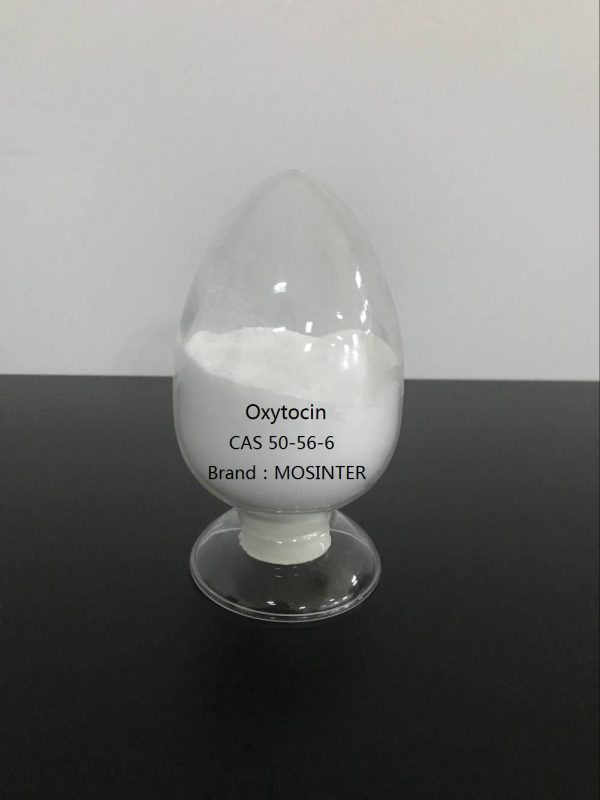
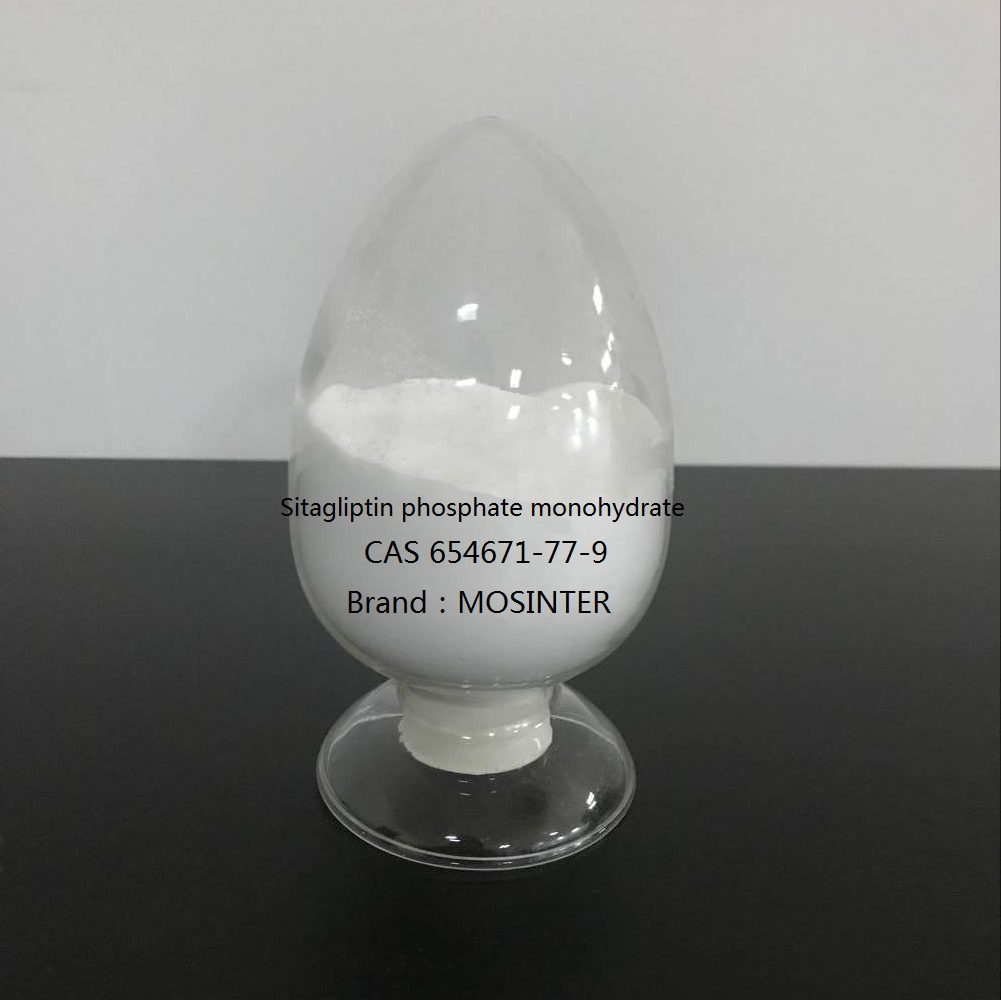
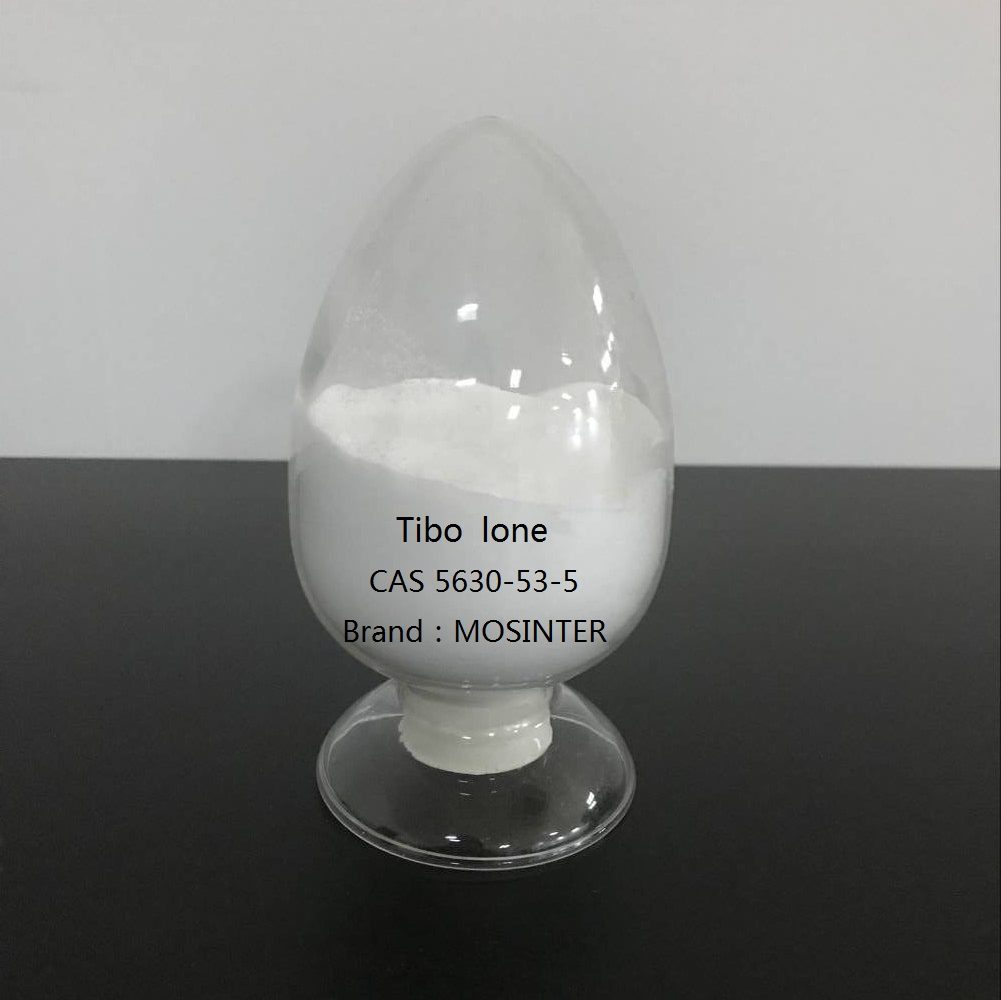
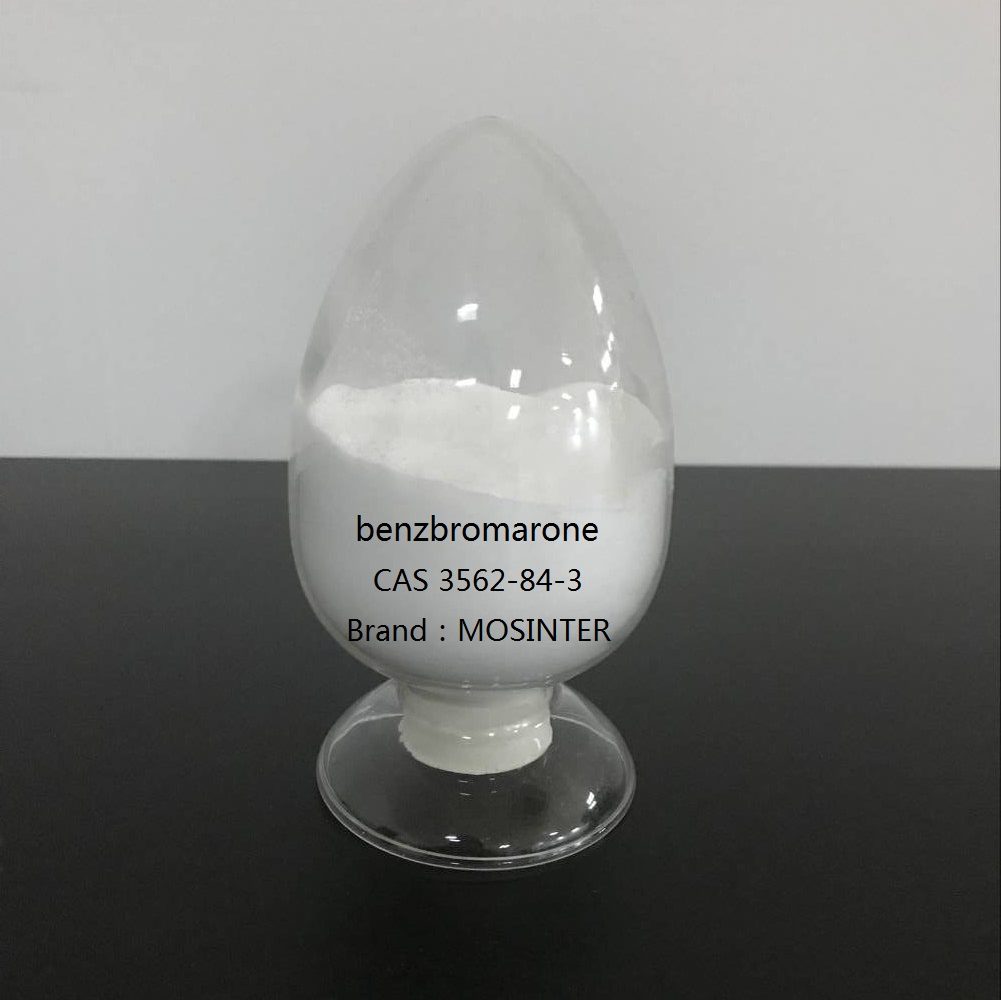
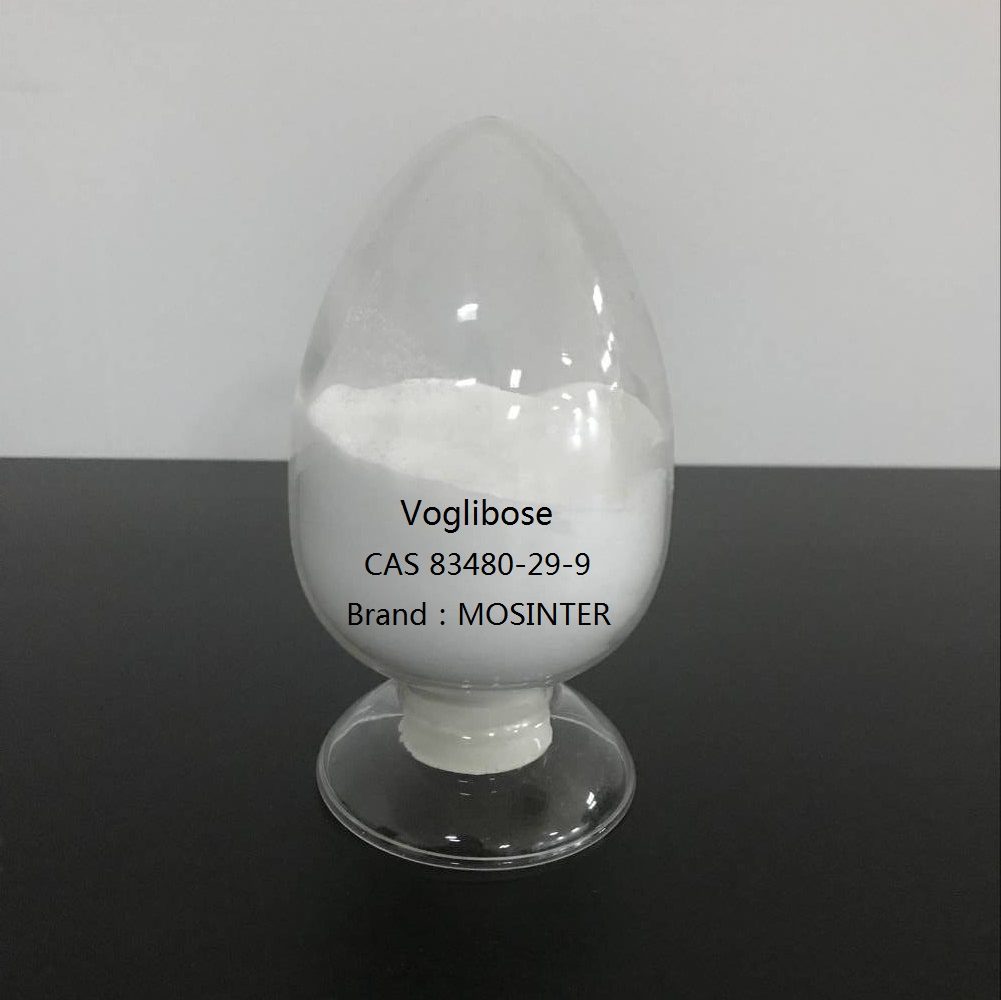
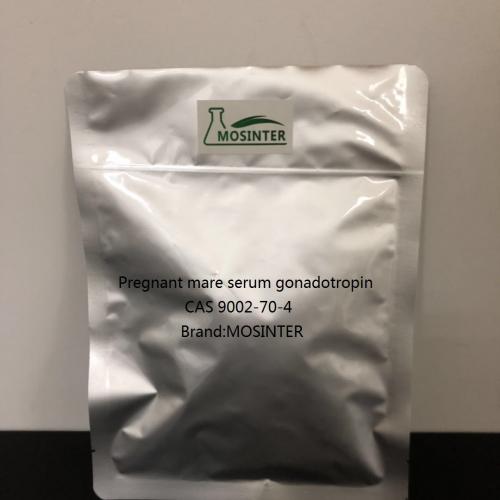
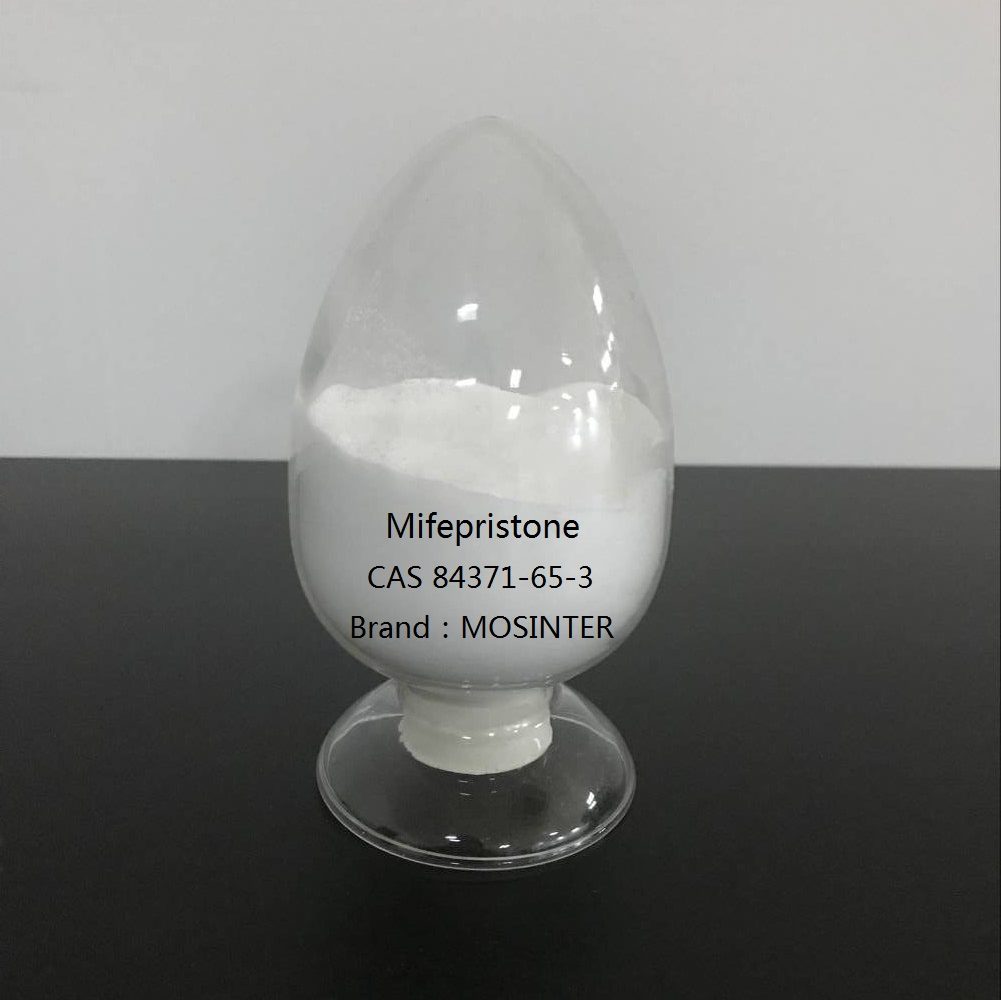
Reviews
There are no reviews yet.